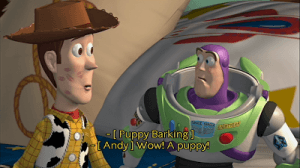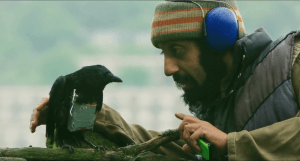Because a lot of my other modules (particularly film) have been particularly busy recently it’s meant I’ve been able to do less work on my script outline. I feel like I’ve nearly cracked it though, as the central premise and primary story beats are all in place and clear, the majority of the work I need to do now is just format-based, as I continuously struggle with cutting down sequences to their base elements, as within a comedy such as this it makes the film itself seem bland and unappealing in places.
With this in mind still I continued to develop Michael and Jacob, not out of necessity but out of curiosity to see what I could stretch with their characters, and continued to come up with extra scenarios for the two within the film’s premise that probably wouldn’t be a part of the outline document. For example, the character of Sue, Michael’s elderly mother took inspiration from my own mother. As the two protagonists fear for their lives they become convinced that the mafia have control over the communications system, and as Jacob spends all of his time watching films and obsessing over them instead of working he reveals that neither of them can be on the phone for over 30 seconds or else their location will be able to be tracked. With this in mind Michael then attempts to phone his mum and ensure her safety whilst warning her of what’s happening, though as soon as the phone is answered she’s immediately swarming him with affection and tales from her own life, not letting him get a word in edgeways before he’s forced to slam the phone down on her as his thirty seconds is up.
I also began to think on both character’s world views. For example, Jacob consistently references the fact that he’s depressed when it’s made clear that he’s just lazy, though once the truth comes out that his ex-girlfriend has moved on I think some of his actual depression may come into light. It’s why he is lazy. He doesn’t see any point in getting out of the house or getting a job anymore and Michael’s just seen it as pure laziness when really it’s something else – a point of view that hopefully the audience will share too. Michael on the other hand is almost in the same boat, he sees his day-to-day life as pointless though his futility comes from a sense of staleness in his surroundings. He feels trapped where he lives and is constantly too scared to go out and look for excitement (something the film brings him and this shows in his happiness at life in prison for the film’s open conclusion).
Along with punishing both characters in the film’s conclusion, I’m going to keep it open-ended by having them being contacted by the Mulbys within the prison they’re locked up in, a final dark note to taunt both of them with, similar to the way in which the original Toy Story (Lasseter, 1995) ends, where Andy is shown to get a pet puppy, much to Woody and Buzz’s terror.
Bibliography:
Lasseter, J. (dir.) (1995) Toy Story [DVD]. Buena Vista Pictures Distribution.





